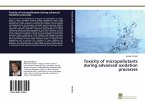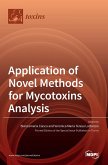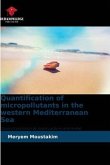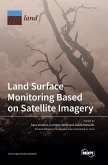Mycotoxins are naturally occurring secondary plant metabolites produced by fungi of different genera, and exhibit a great structural diversity. These toxic metabolites are commonly found in crops grown and stored for human or animal consumption, as well as in processed food. However, the environmental exposure to mycotoxins has been scarcely investigated. The main input sources of mycotoxins into the aquatic environment include 1) run-off and drainage from fields cultivated with fungi-infected cereals, 2) husbandry animals (i.e., excretion from grazing livestock, run-off from feeding operations, or manure application), and 3) human excretion via sewer systems. The author proves these routes by investigating the production and emission of various mycotoxins from two infected agricultural plots cropped with small grain cereals, as well as their occurrence in surface waters systematically. To do so, the author developed two adequate analytical methods to quantify mycotoxins in aqueous and solid agro-environmental samples. This book addresses researchers interested in the environmental fate and behavior of under-investigated natural toxins and analytical method development.
Bitte wählen Sie Ihr Anliegen aus.
Rechnungen
Retourenschein anfordern
Bestellstatus
Storno








